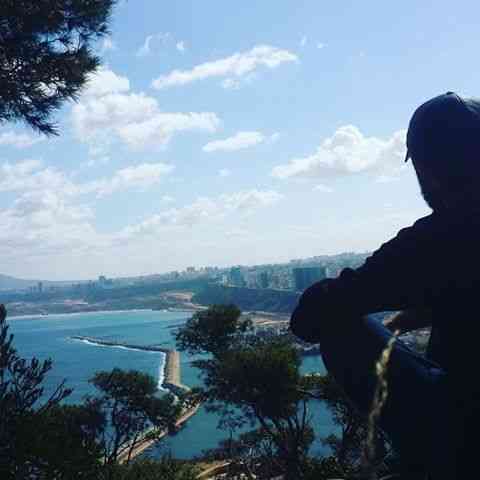Algeria, one of the most beautiful countries in the African continent, its perfect location in the north gave it the honor to be “the Gate of African”. Having a long Mediterranean coastline, a big Saharan desert and a magnificent mountain chain makes it the country of great natural and cultural diversity, from the north to the south and from the east to the west; you can explore different cultural and natural phenomena. Although Algeria is not known as a touristic destination like its neighbors Morocco and Tunisia, yet it remains one of the most beautiful places on earth, whether you are a nature explorer, a cultural lover or a historical researcher.
Algeria is so vast and big to be traveled all, only few had the chance and the time to see all what this astonishing land has to offer. I was so fortune to visit some of the beautiful destinations in this beautiful country and in this series of articles I will share with you my experience from both, cultural and natural perspective.
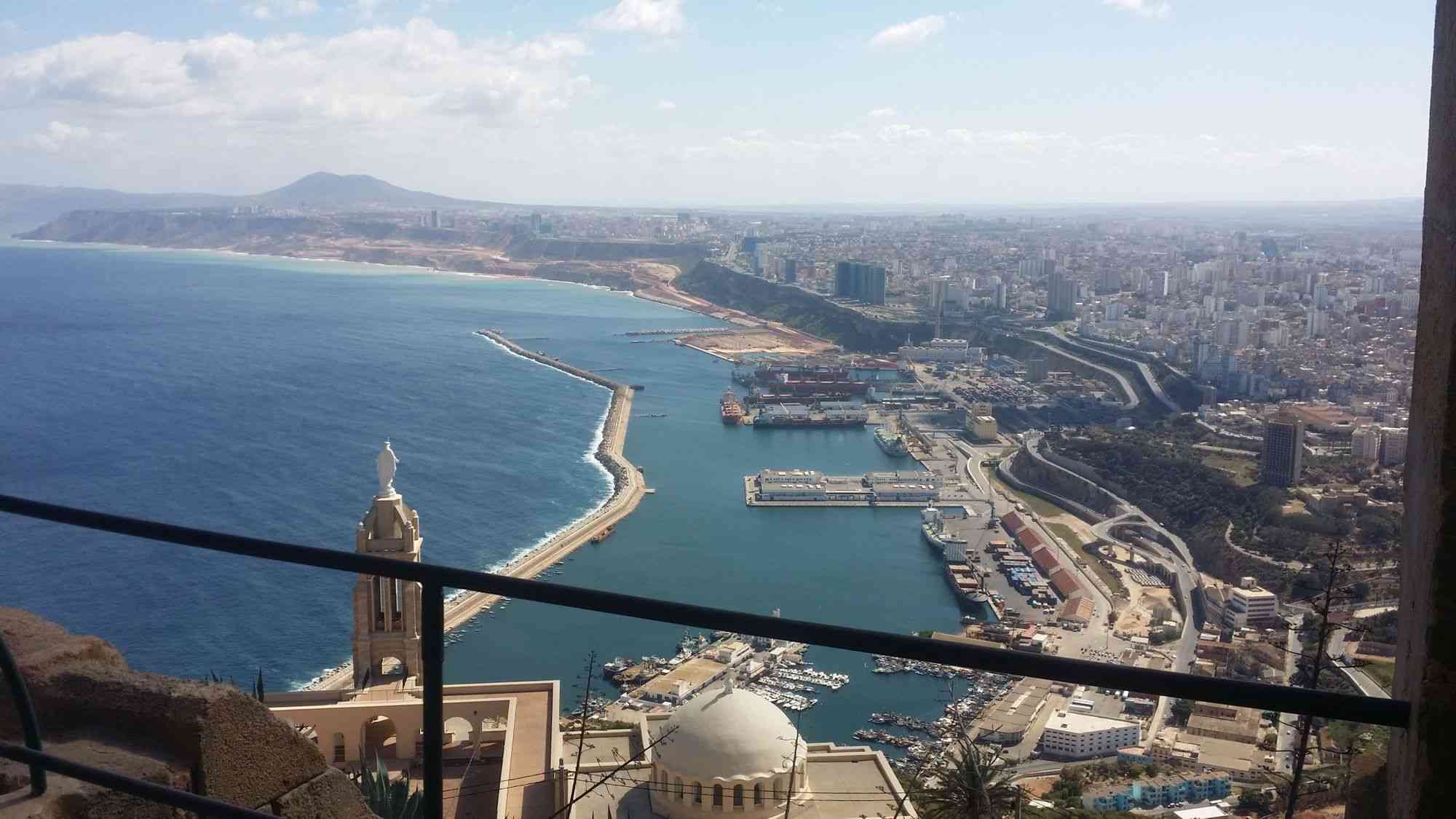
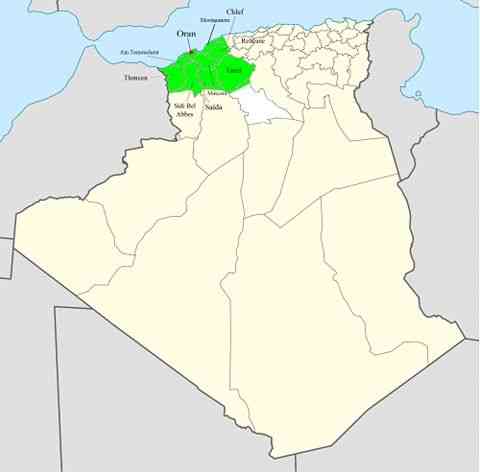
Spring 2019, I traveled to west of Algeria eager to explore the beautiful “Oran”. Oran is a coastal city in the northwest of Algeria, known as “The Second Paris” due to the similar architecture it got from the French capital; wide streets with big trees on sidewalks, ancient churches and cathedrals and big squares illustrate the French touch.
When I arrived to the city I headed directly to one the most popular district in Oran “El Hamri”, Old houses and ancient buildings where you can smell the original odor of the city. In “El Hamri” you can pay a visit to the “old Mosque of Hassan Basha” also known as “Pasha Mosque”; it was built in 1796 by order of Hasan Pasha, ruler of Algiers under the Ottoman Empire. After wondering alone in the quite streets of “El Hamri” I went to the “Medina Jedida” or the New City in English, another historical and popular district in Oran, in a nearby small old restaurant I had my first “Karnatita”; a famous and traditional meal in the Algerian west.
There many fancy hotels and small hostels all over the city, I preferred to spent the night in a small room in the middle of the local market of this district; it’s always charming to spend time around locals and explore their simple lives. “Oranians” are very kind and peaceful; they have a great taste in life.
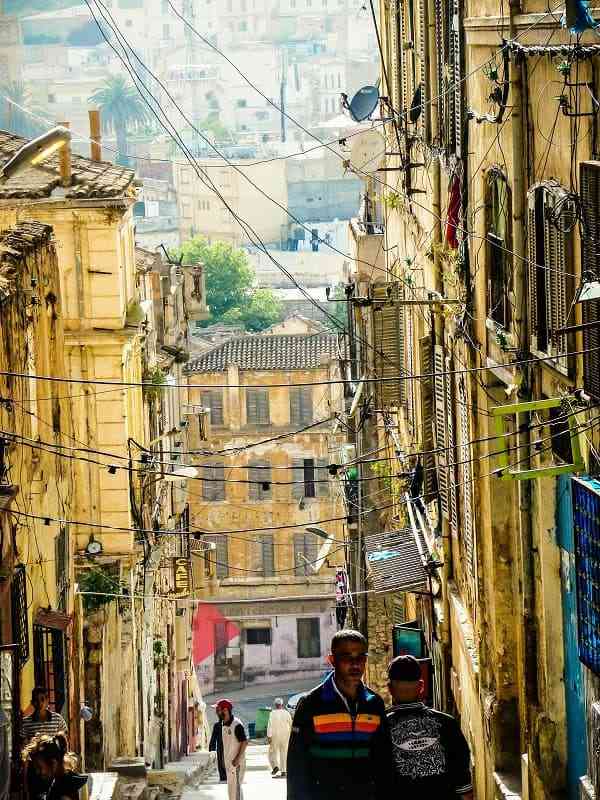
The next day I walked through the busy streets of “Medina Jedida” where the big crowded market was installed early in the morning. Just two km from the market you find the “1st November square”, a wide place surrounded with old buildings from the French era like the magnificent Oran’s City hall decorated with the famous two Atlas Lions on his sides, and the Regional Theatre of Oran. 15 minutes walking from 1st November Place, I visited Ahmed Zabana National Museum, where I enjoyed the different artistic works from different eras made with the hands of both locals and foreigners who inhabited the area; you can also explore the history of the city through the amazing archaeological fossils, Mummified animals, old arms and tools.
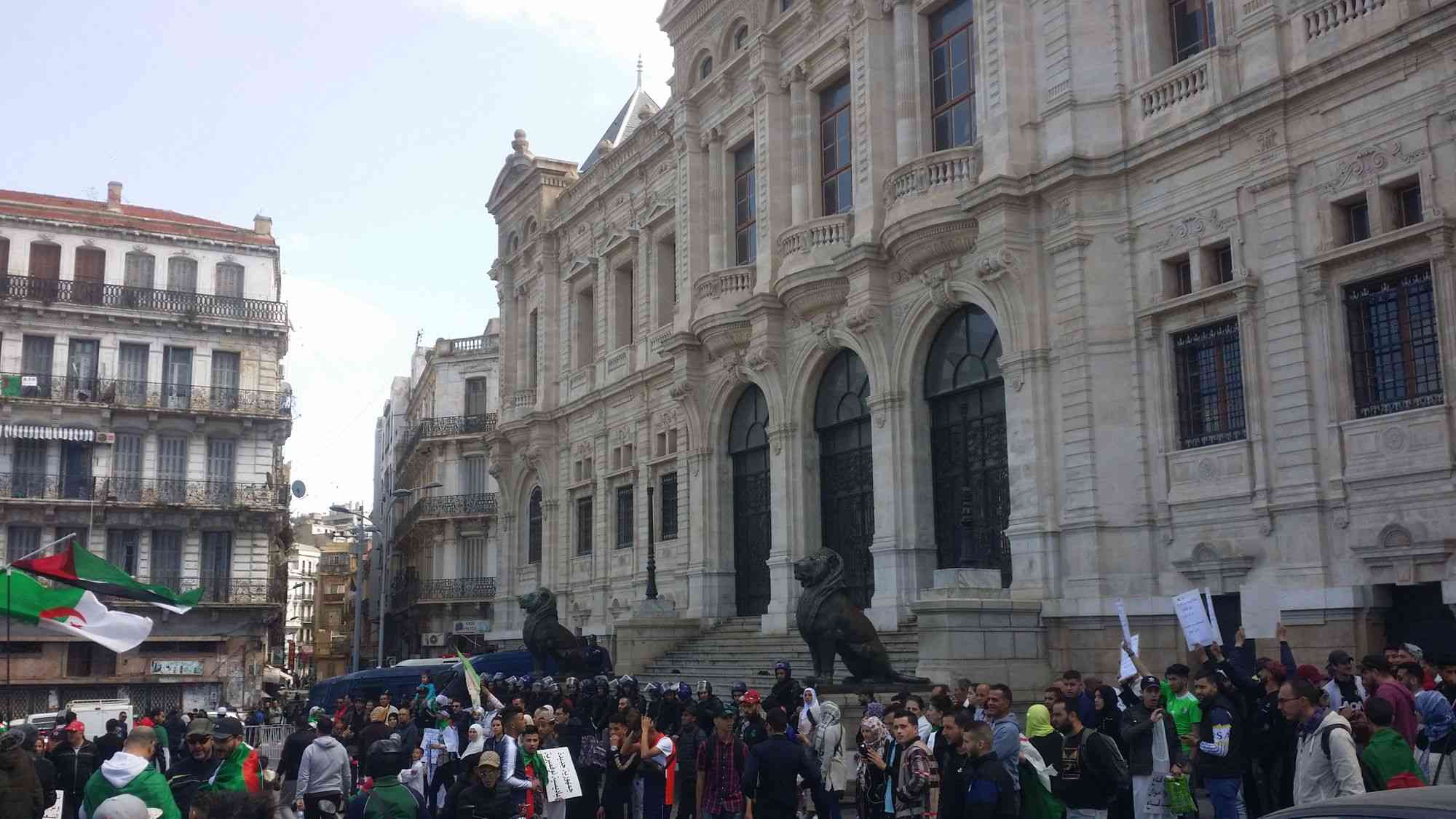
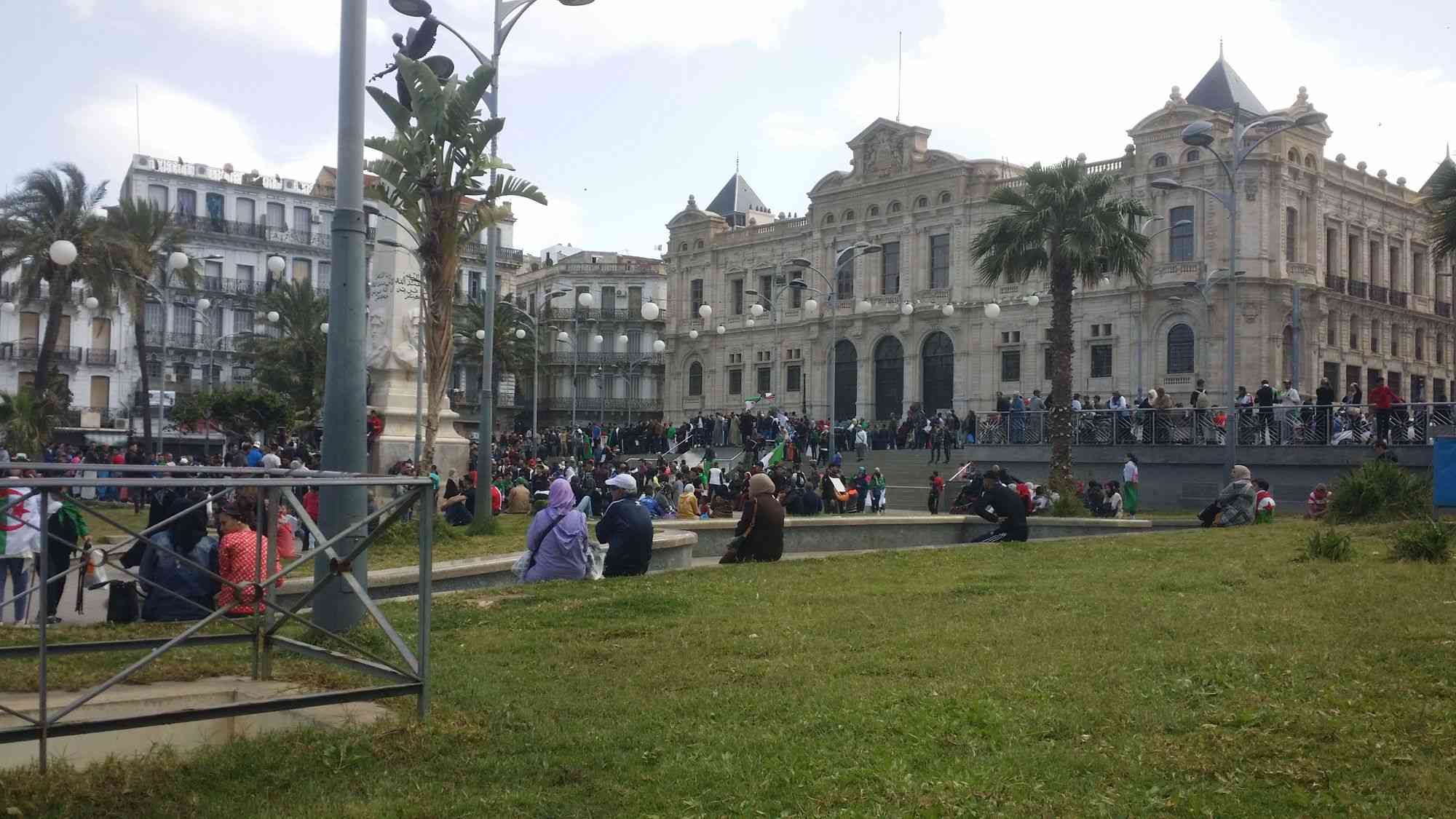
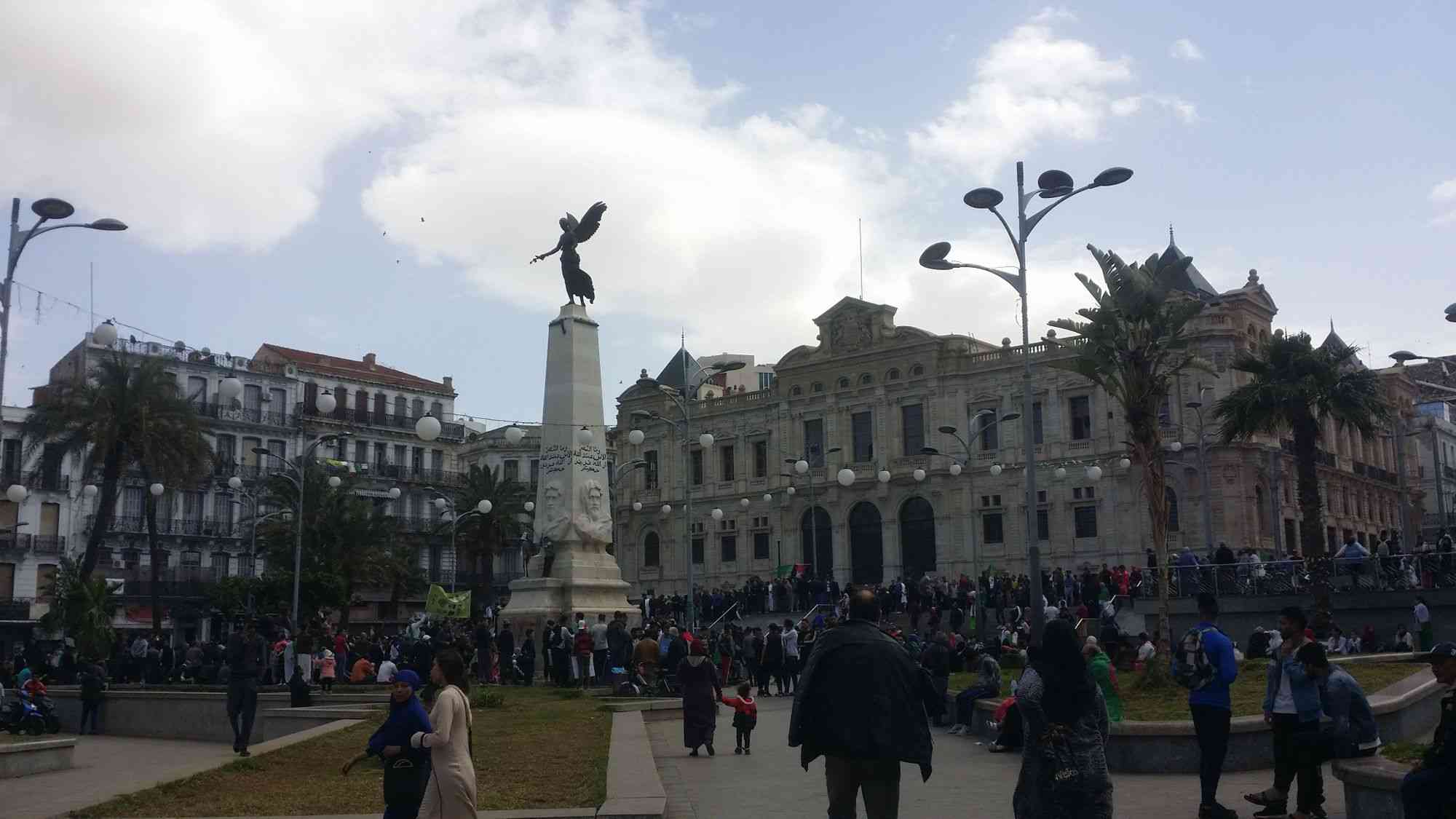
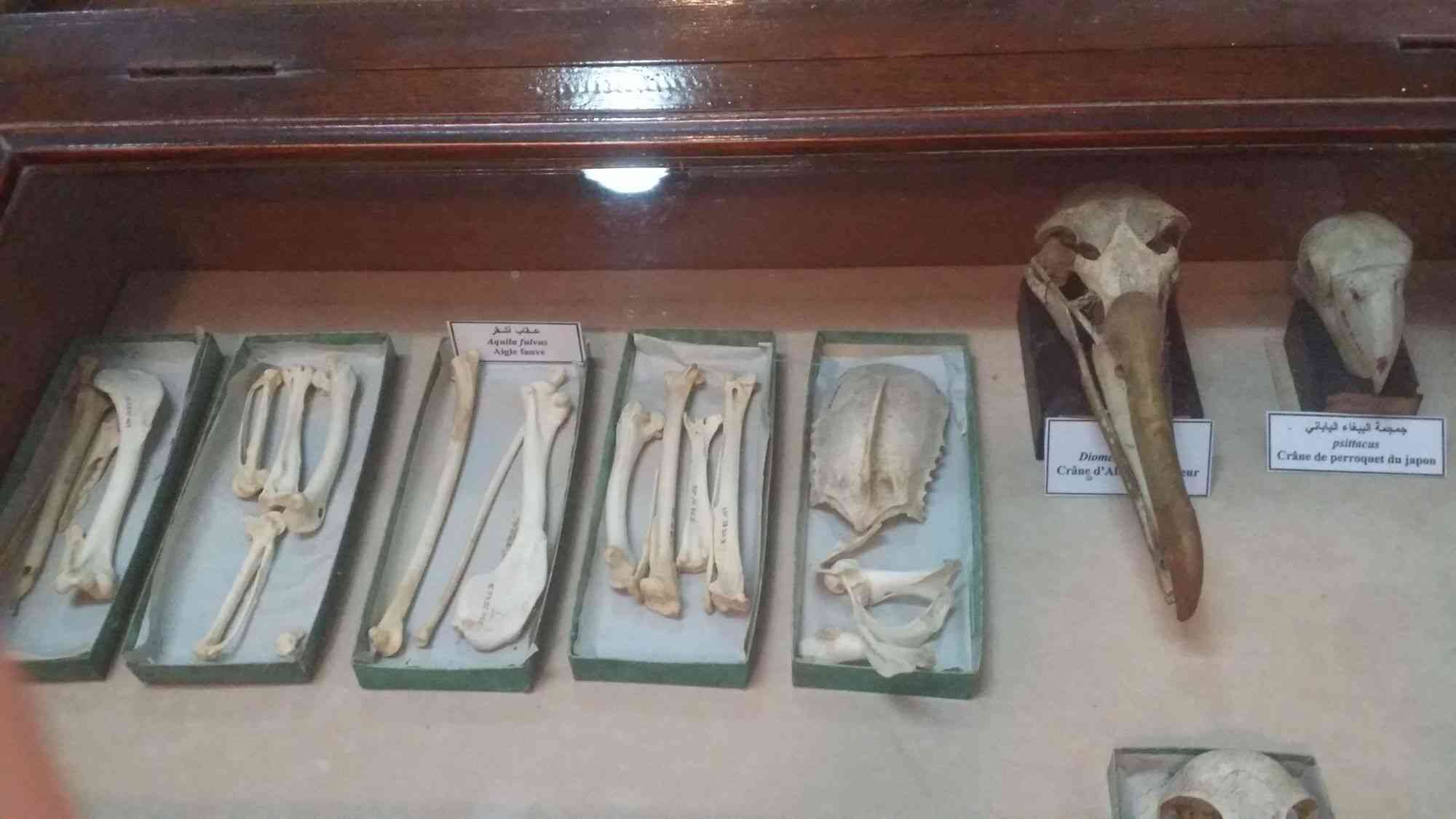
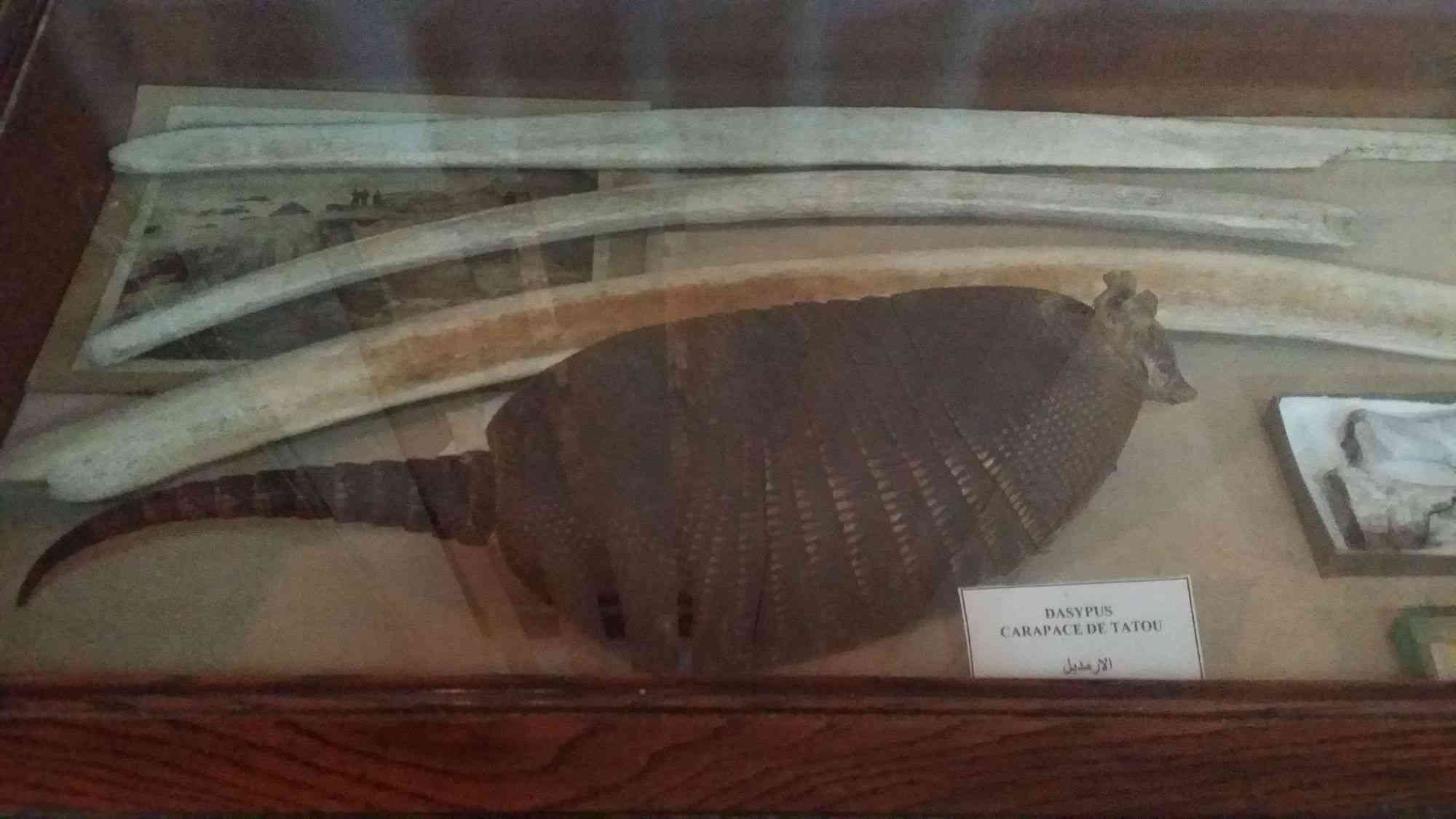
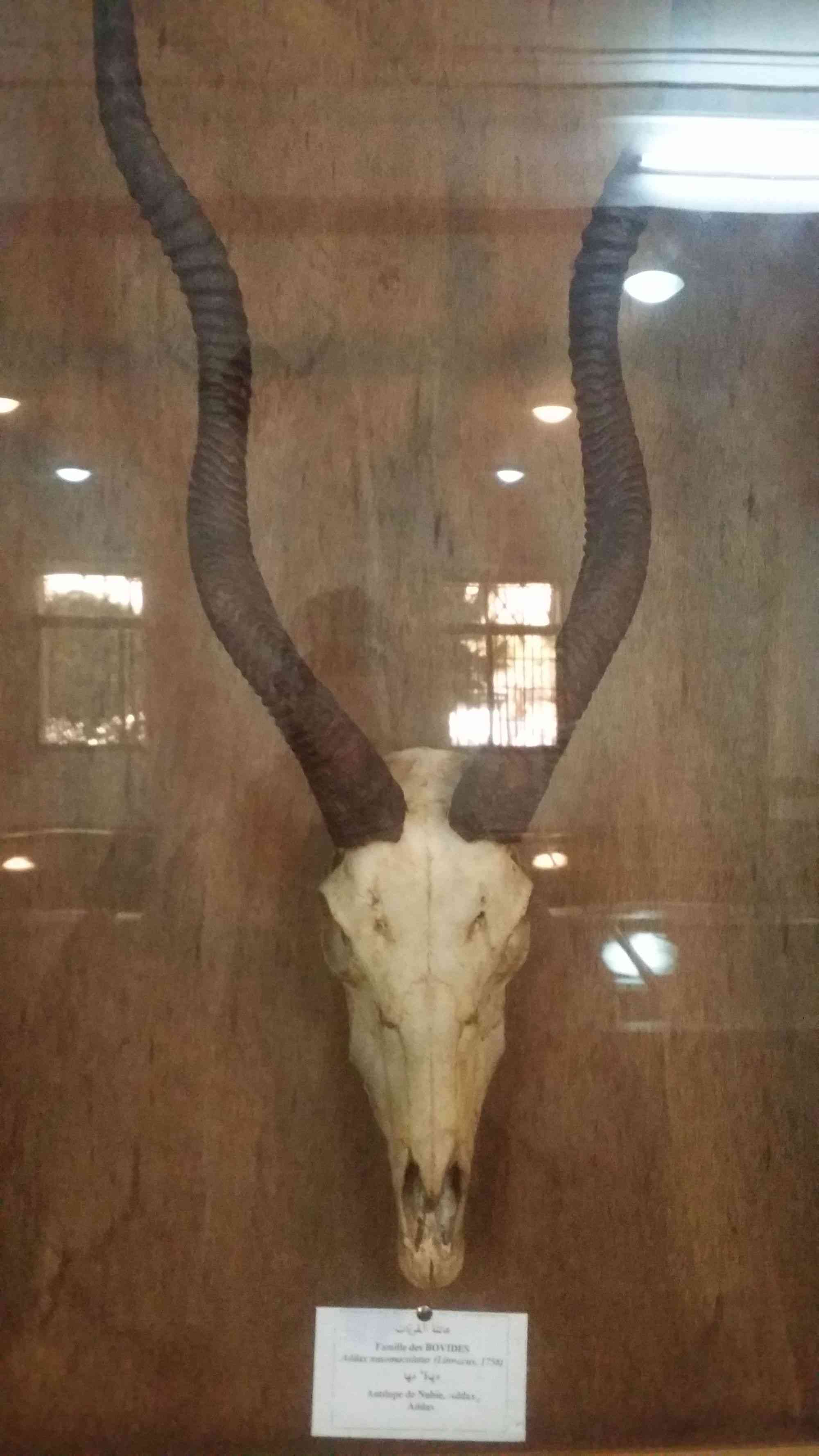
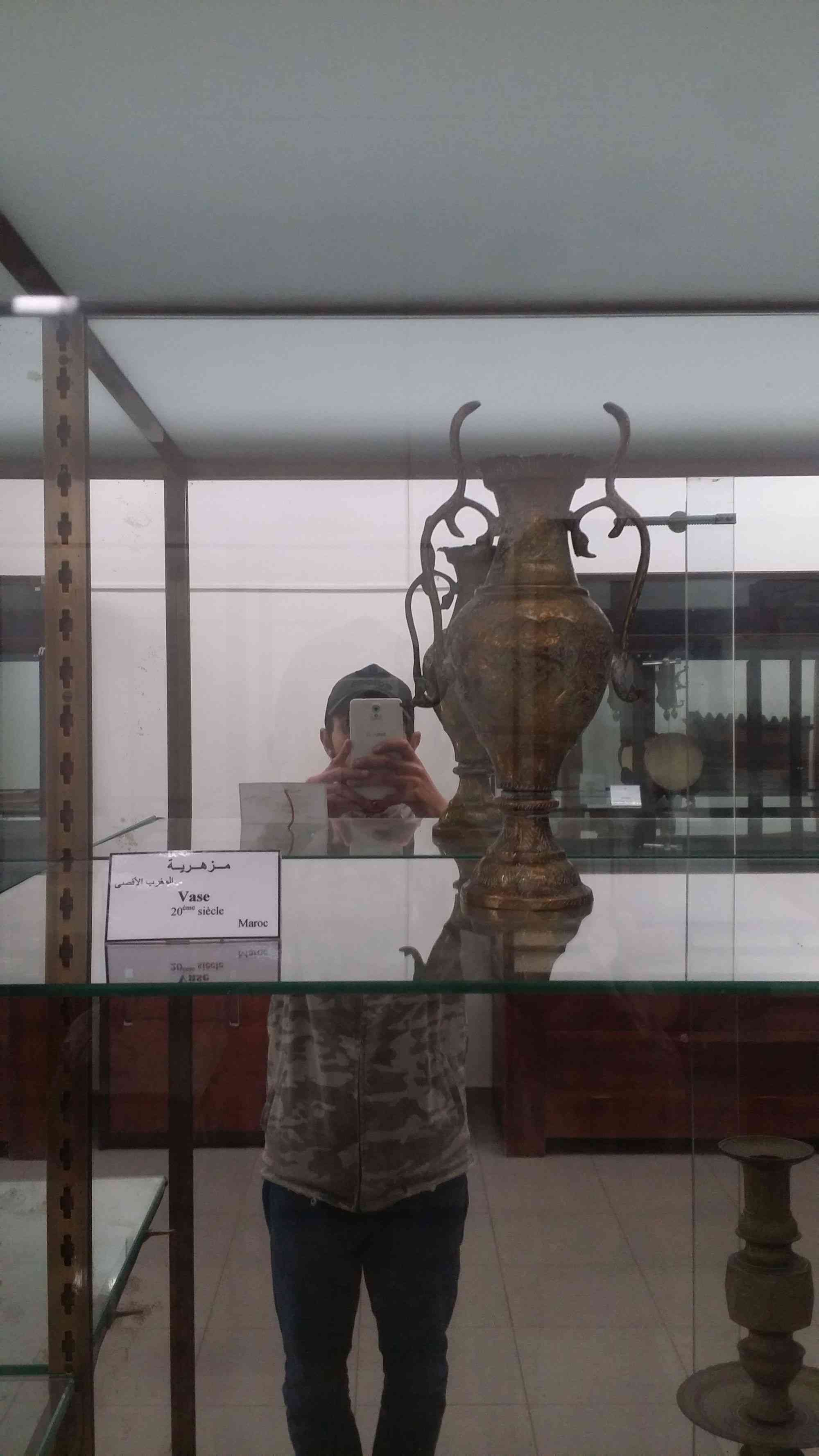
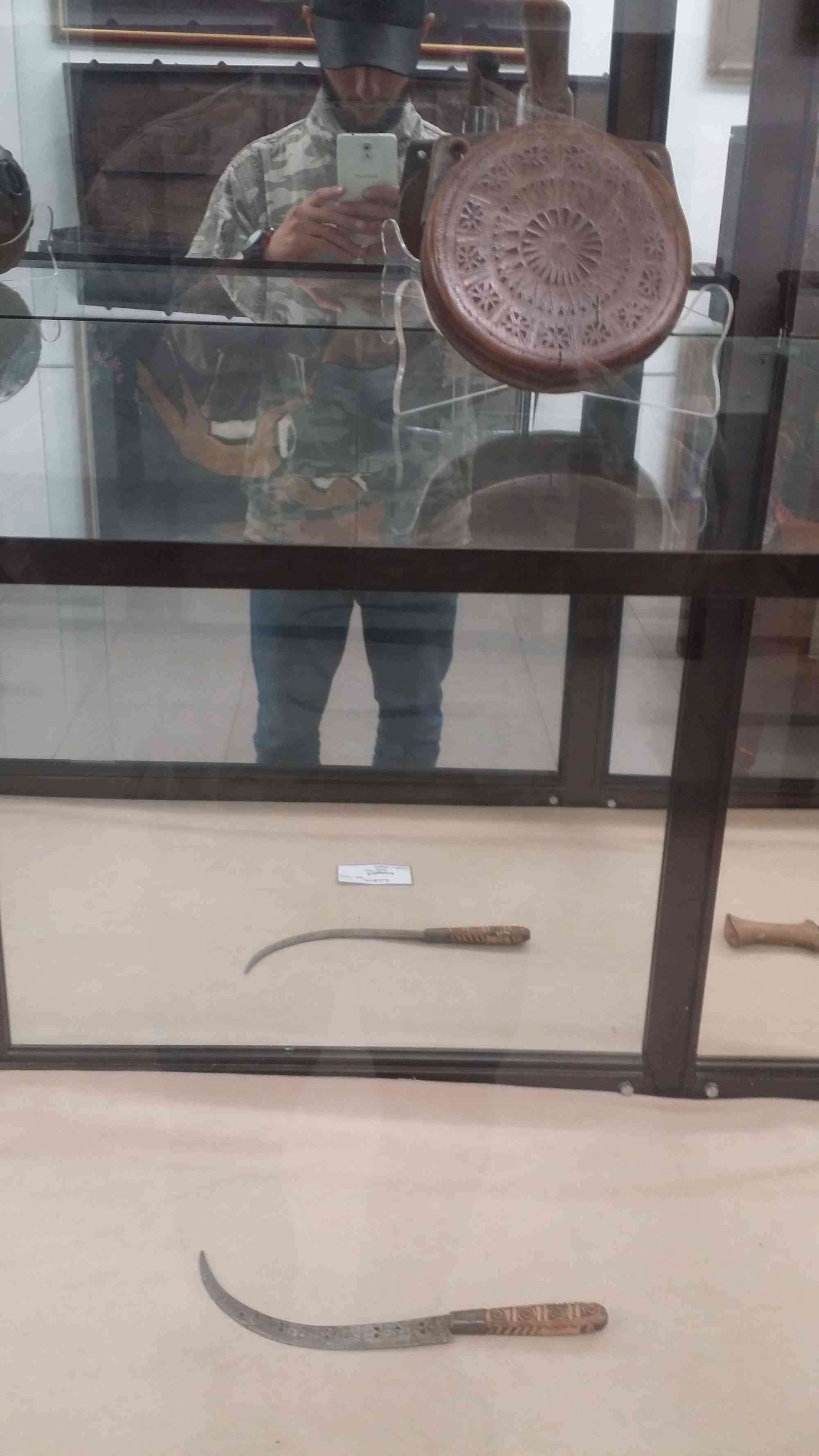
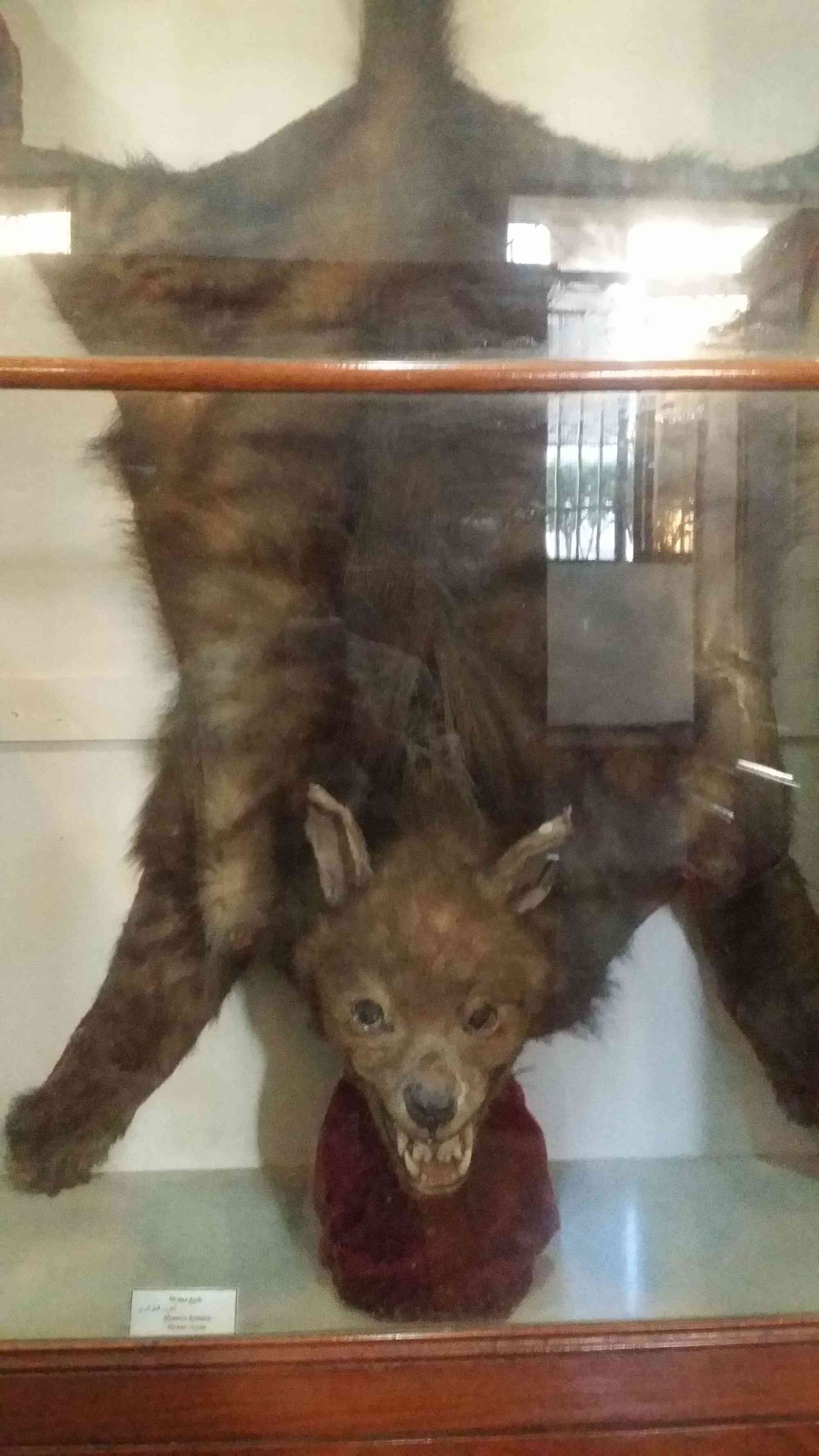
My next destination was “Sacré-Coeur d’Oran” or the “The Holy Heart of Oran” in English, located at “Place de la Kahina”, the church was built between 1903 and 1913 during the French colonization, its beautiful architecture captures the eye and draws the attention of many historians and cultural researchers.
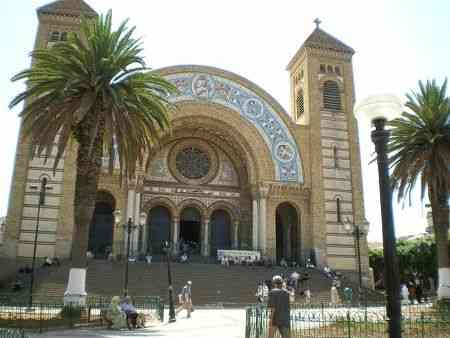
After having a traditional “Harira and bread” meal for lunch, I headed to Oran’s stunning Jewel “Santa Cruz” Church. On the “Murdjadjo” mountain in Oran, you can see the statue of Virgin Mary standing on top of the old church. This magnificent historical site was built in 1850 during the French occupation, it’s considered not only a religious destination for Christians, but also a cultural and historical site admired and visited by many tourists and historians. To get to the church starting from “1st November Square” you need a taxi or you can go by foot, if you are a hiker and nature lover; the road up is so safe with 5 km of amazing views of the whole city and its harbor, if you went by foot you cannot miss the peacefulness and the simplicity of “Senouber district.
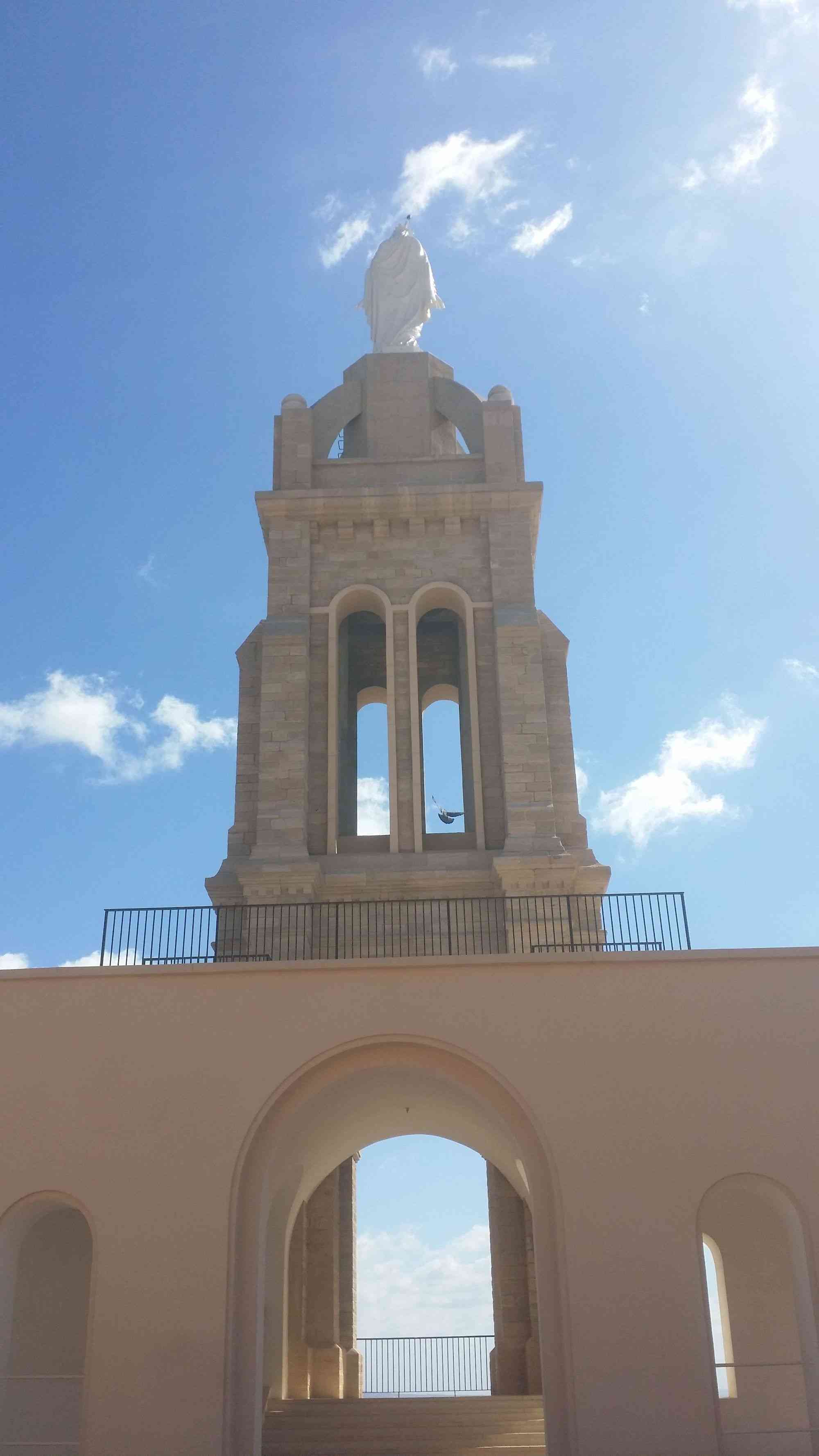
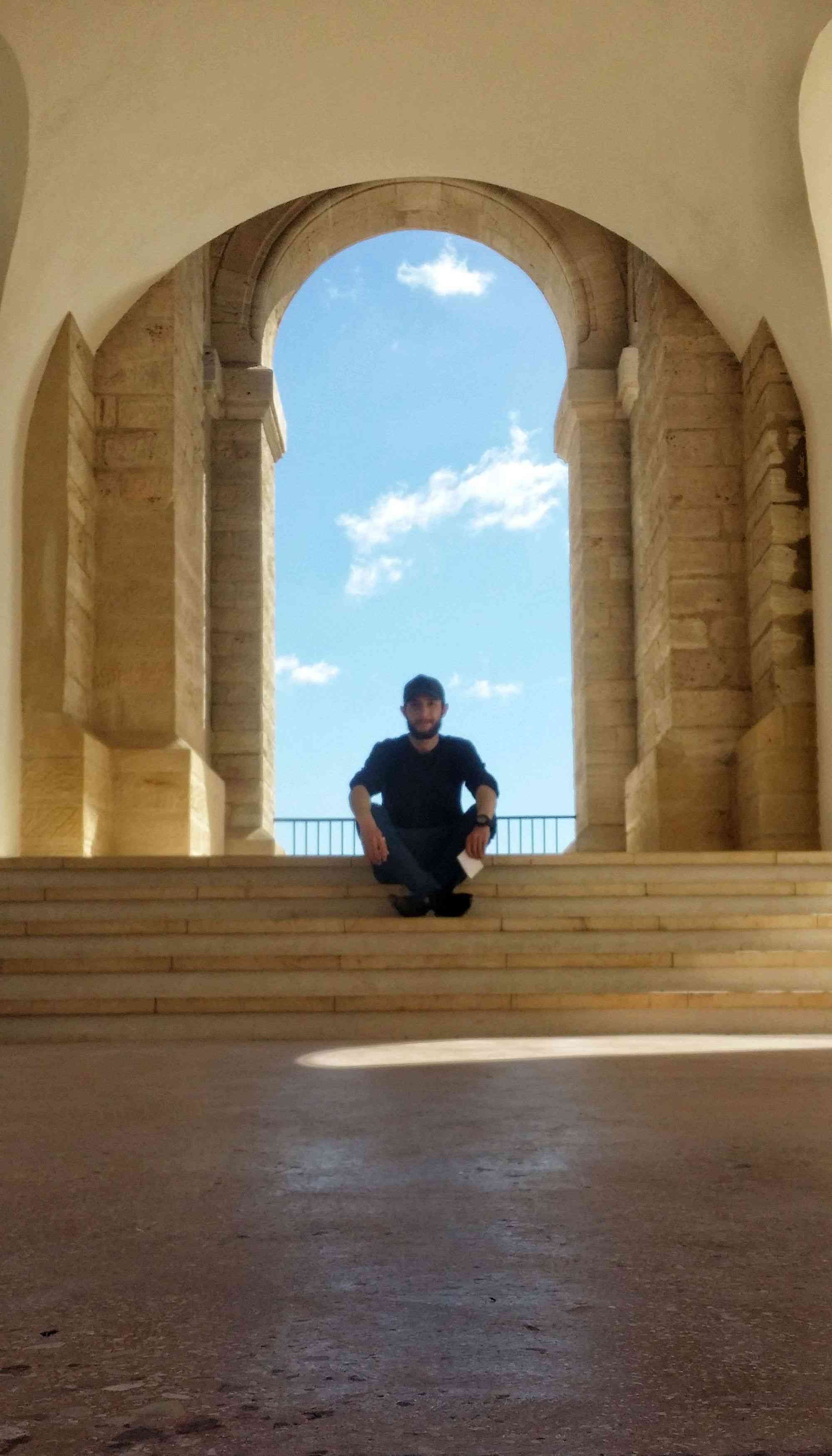
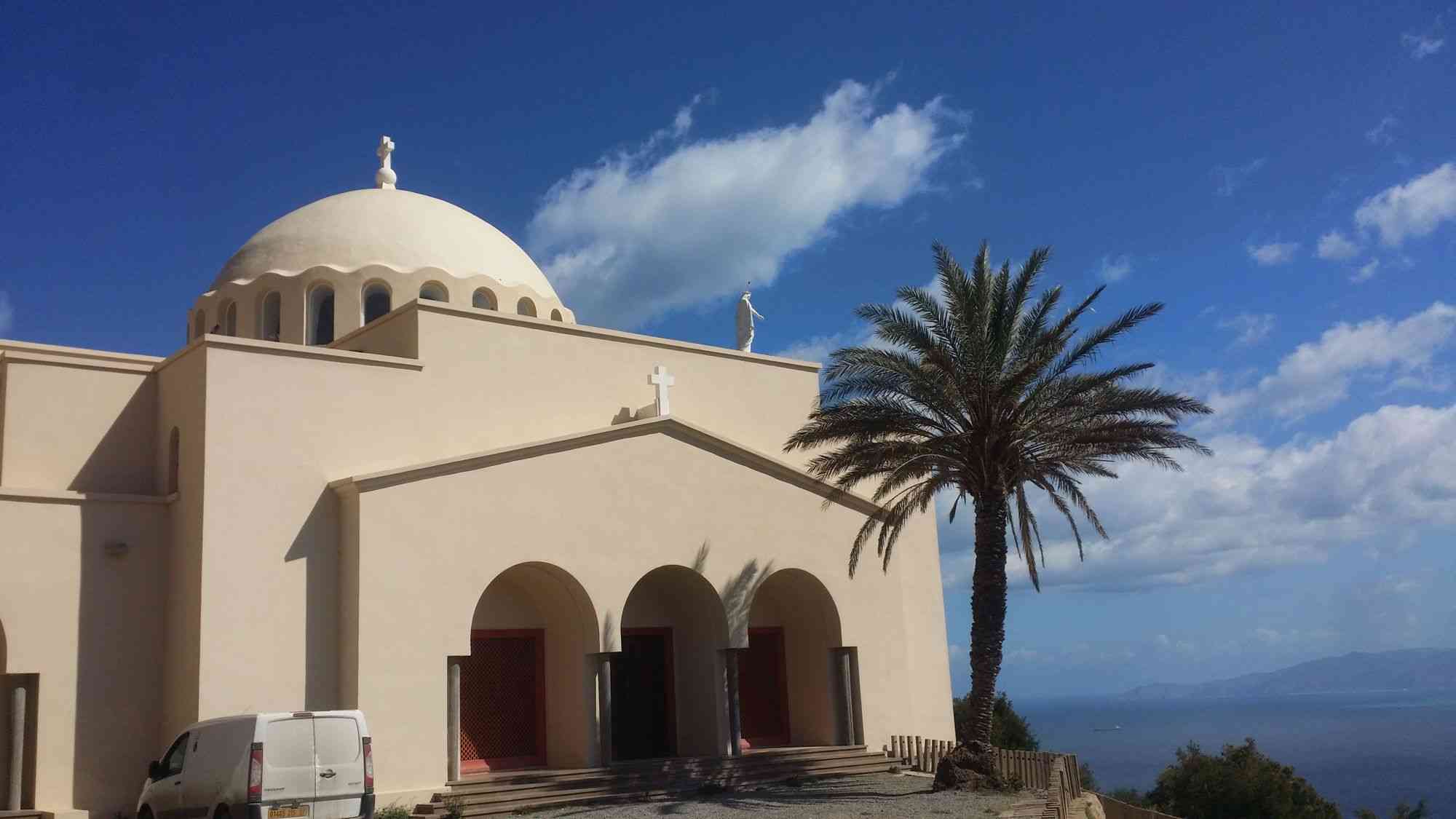
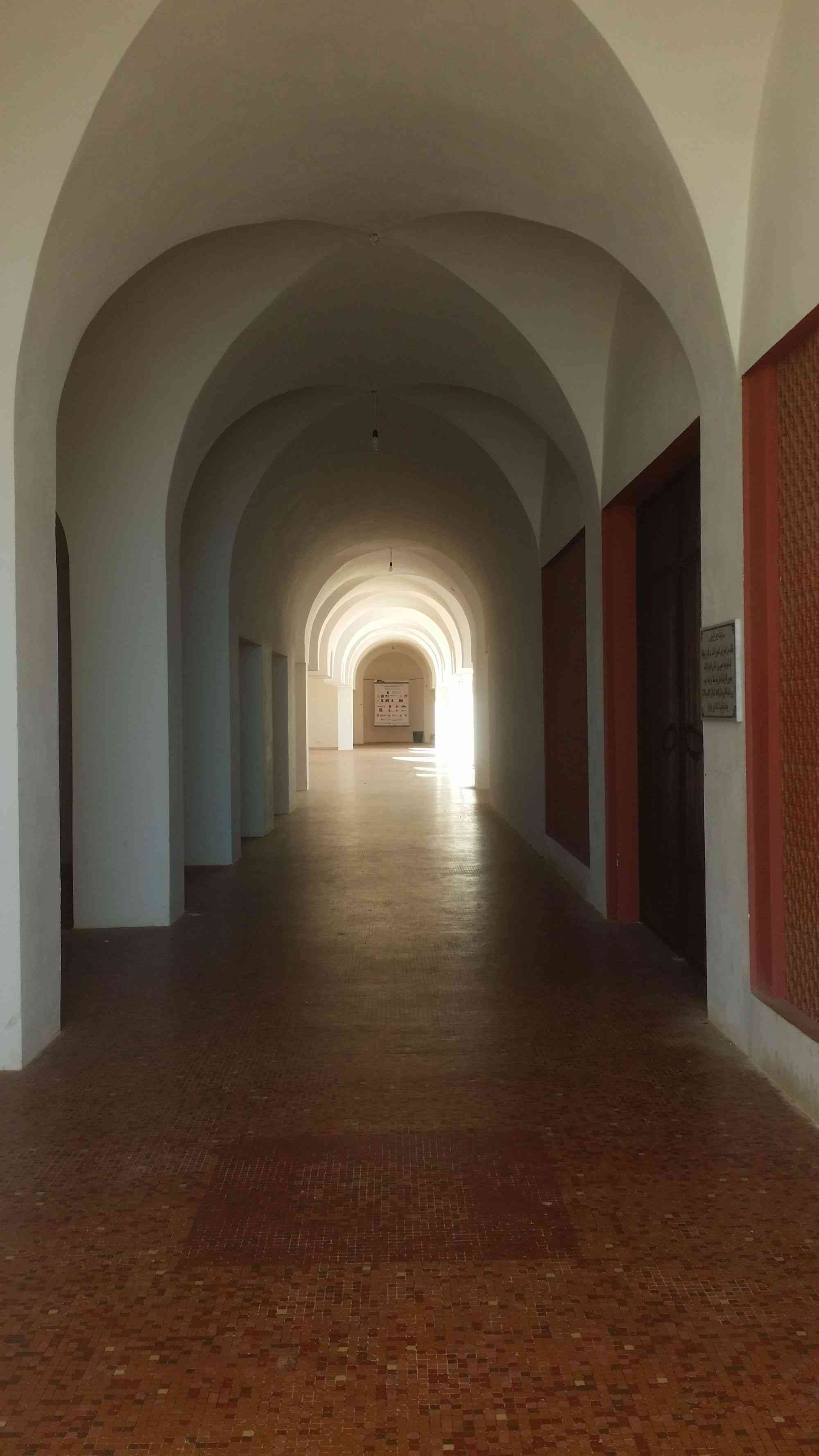
A few meters above Santa Cruz Church lays the Fort of Santa Cruz, the fort was built by the Spaniards between 1577 and 1604 to defend the city against the continuing attacks; it was used also as a prison and a governing center.
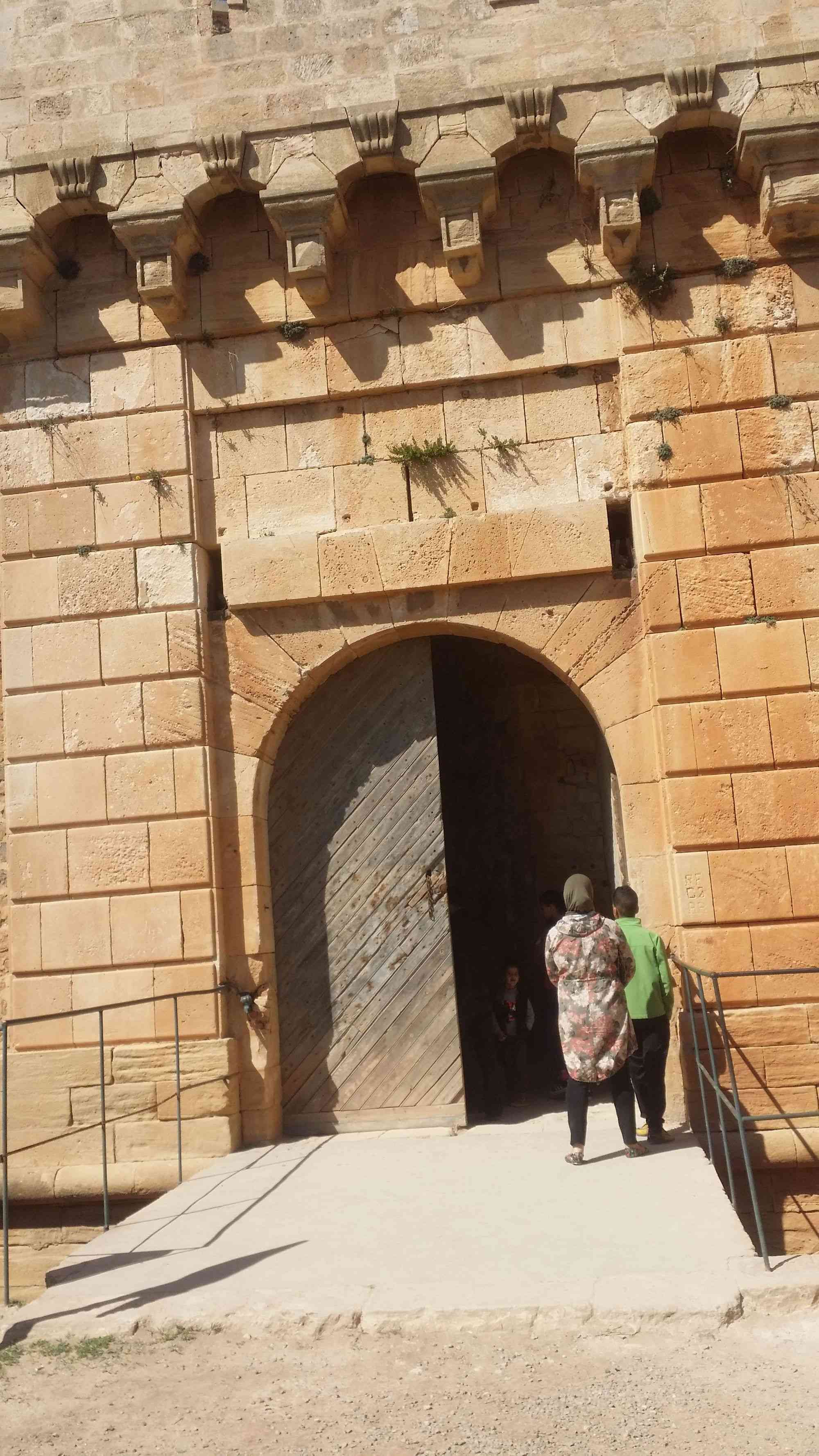
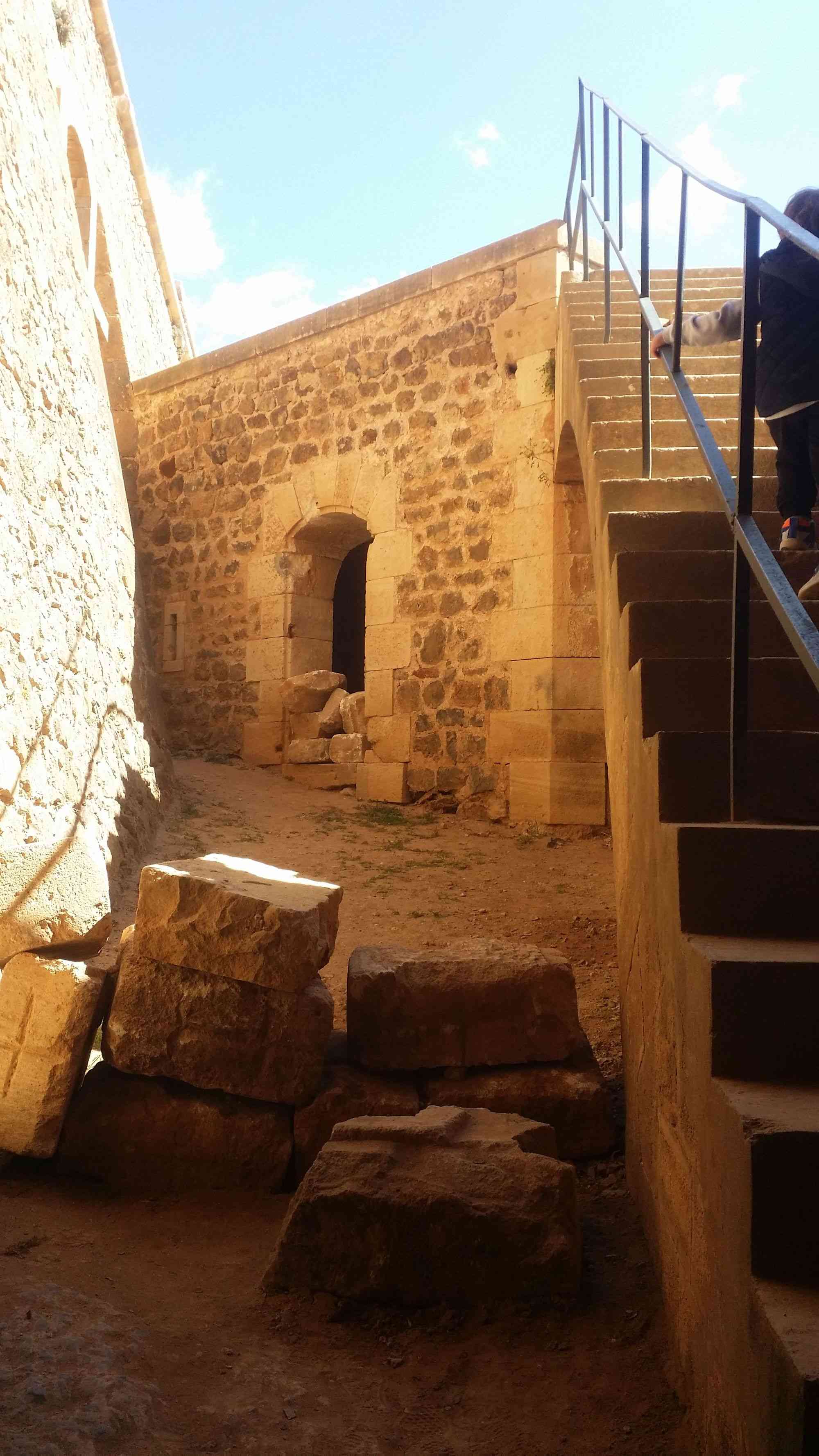
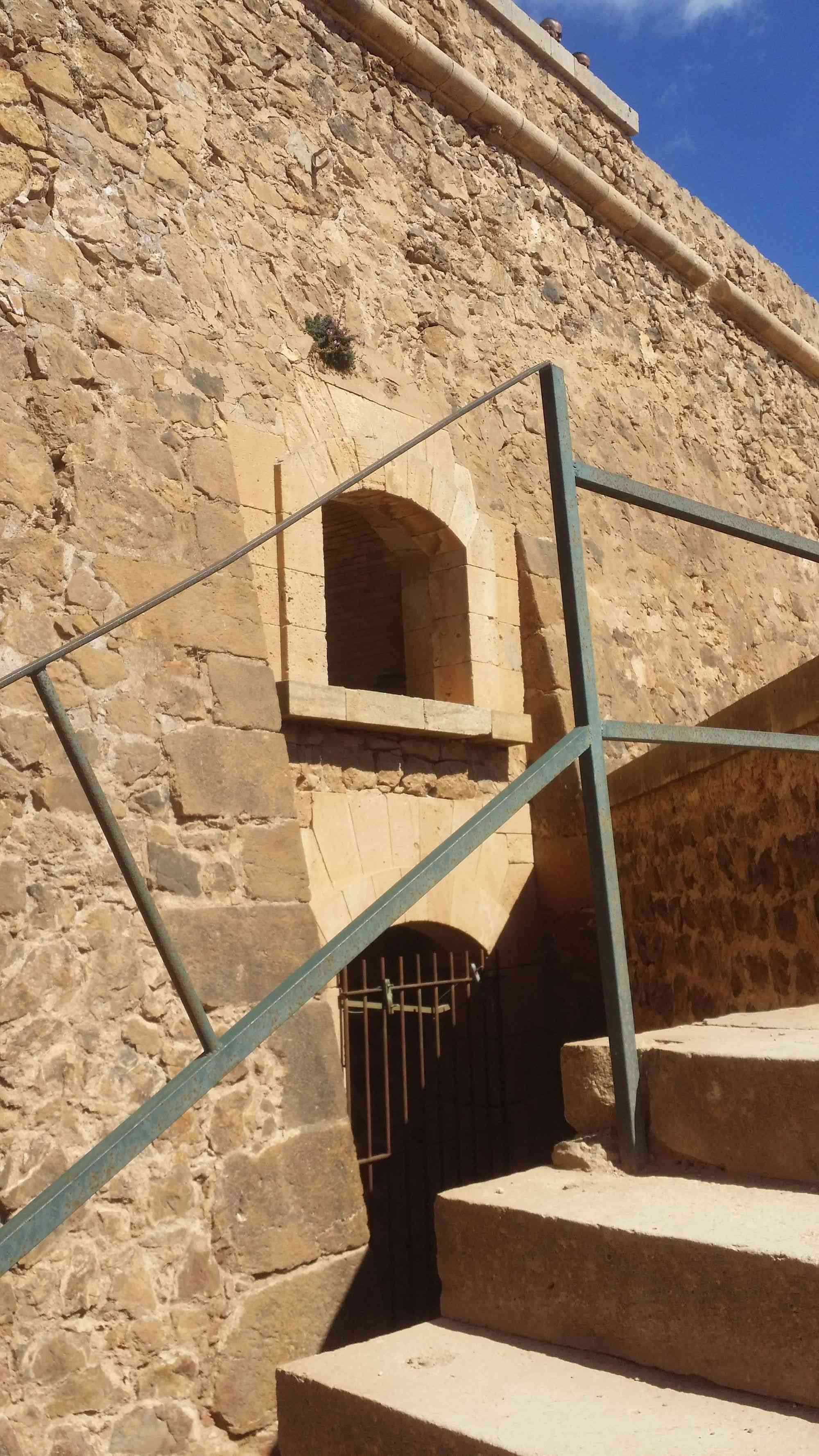
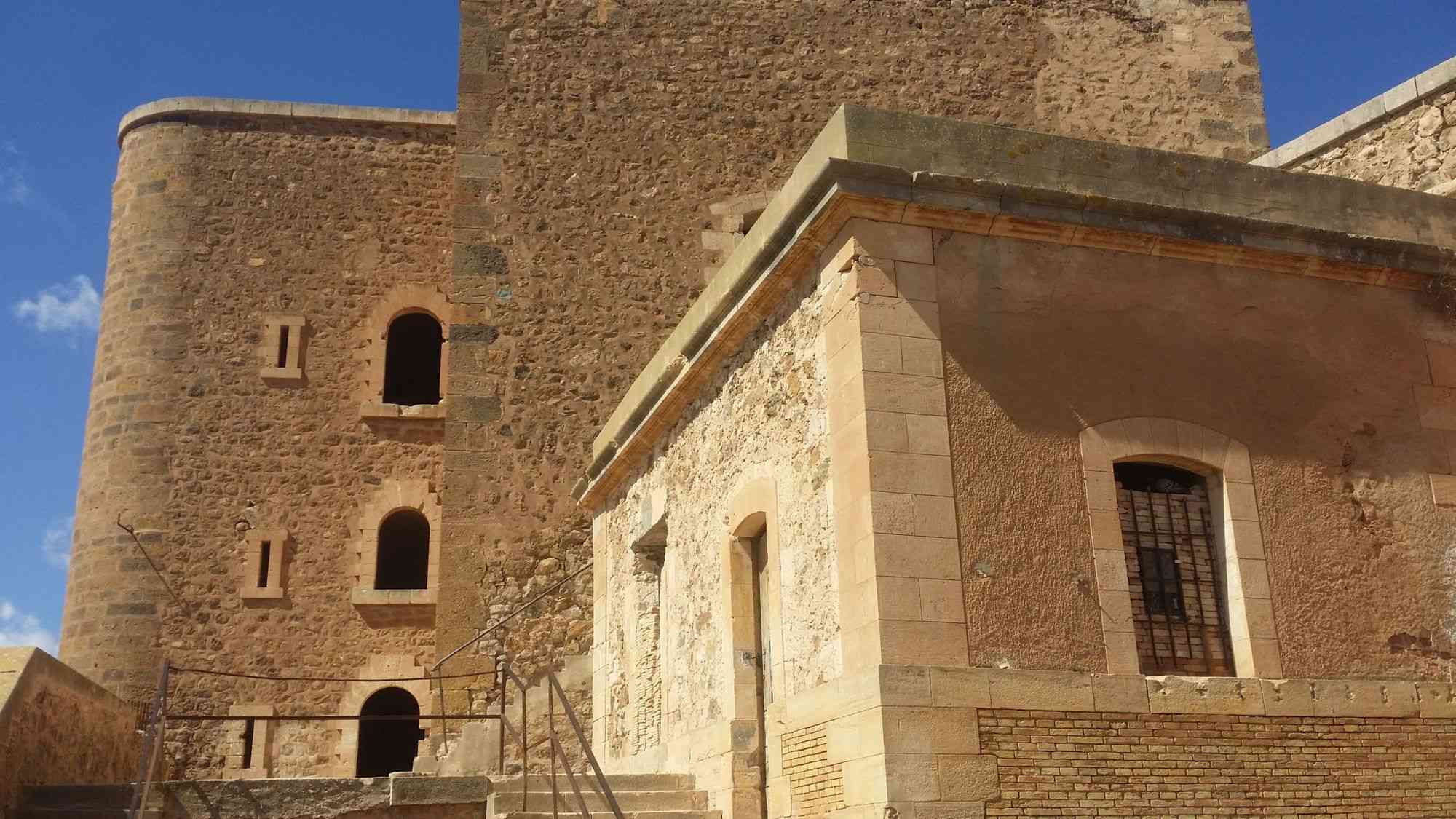
Oran is such a beautiful city, consisting of a mixture of different cultures and civilizations. I have always believed that traveling is not just visiting famous beaches or crowded entertainment facilities, but great part of real traveling is to dive deep in the culture and lifestyle of the place you are visiting; tasting the original taste and feeling the local emotions by exploring its history and learning about its past.

